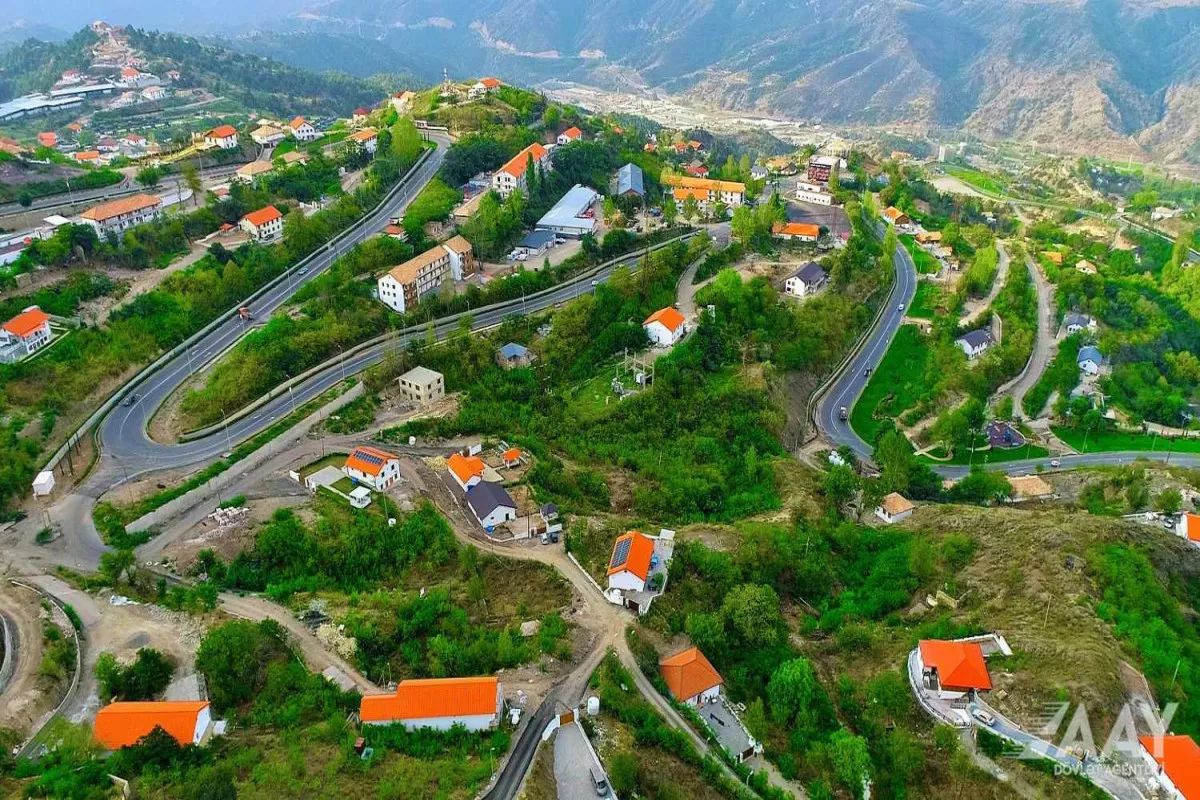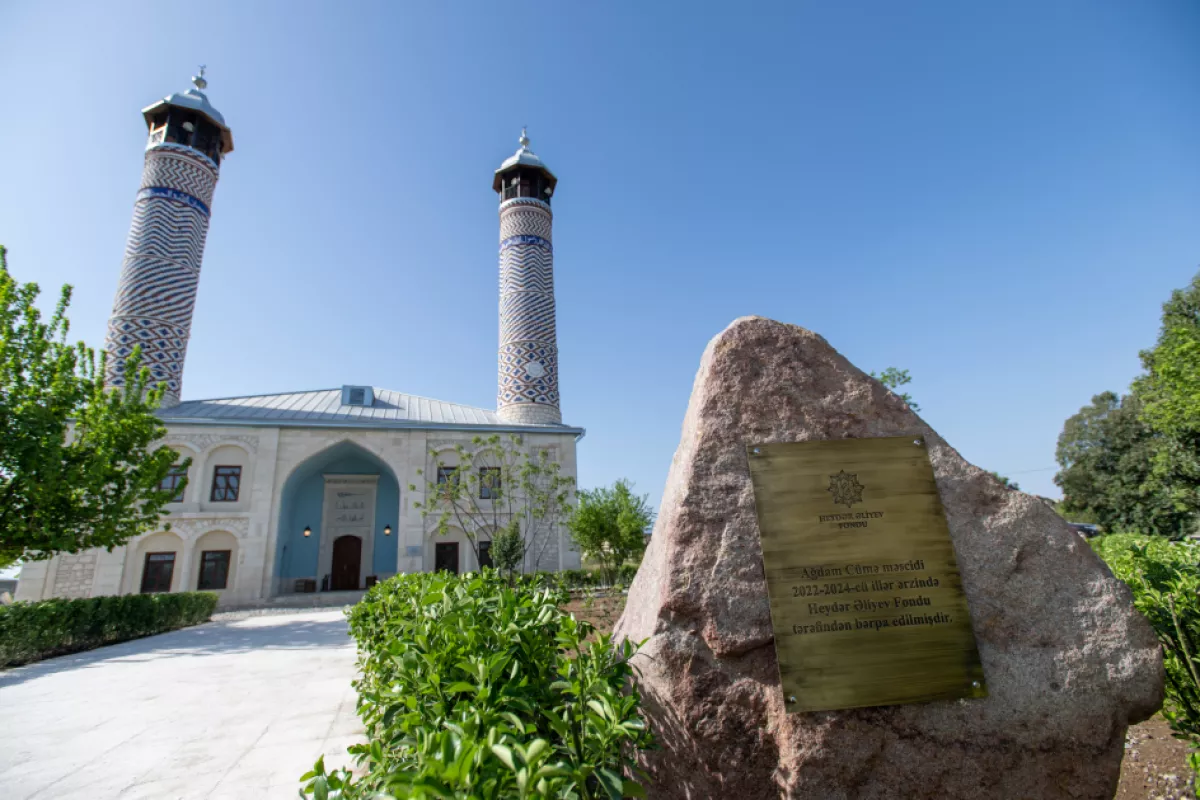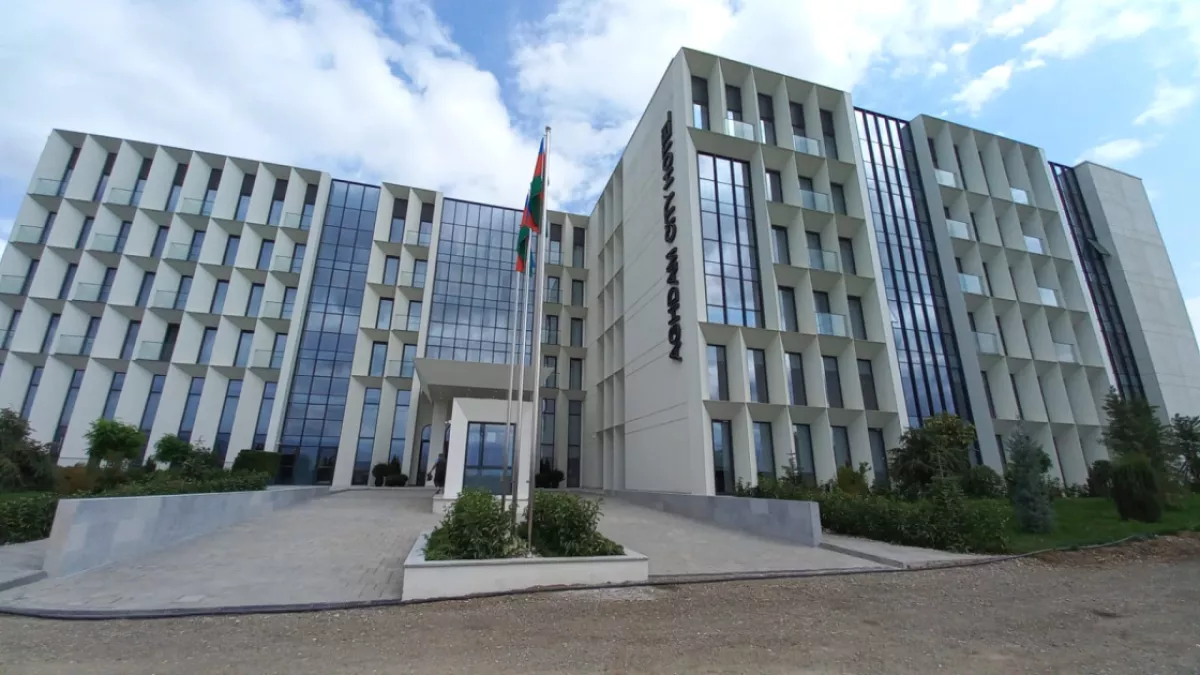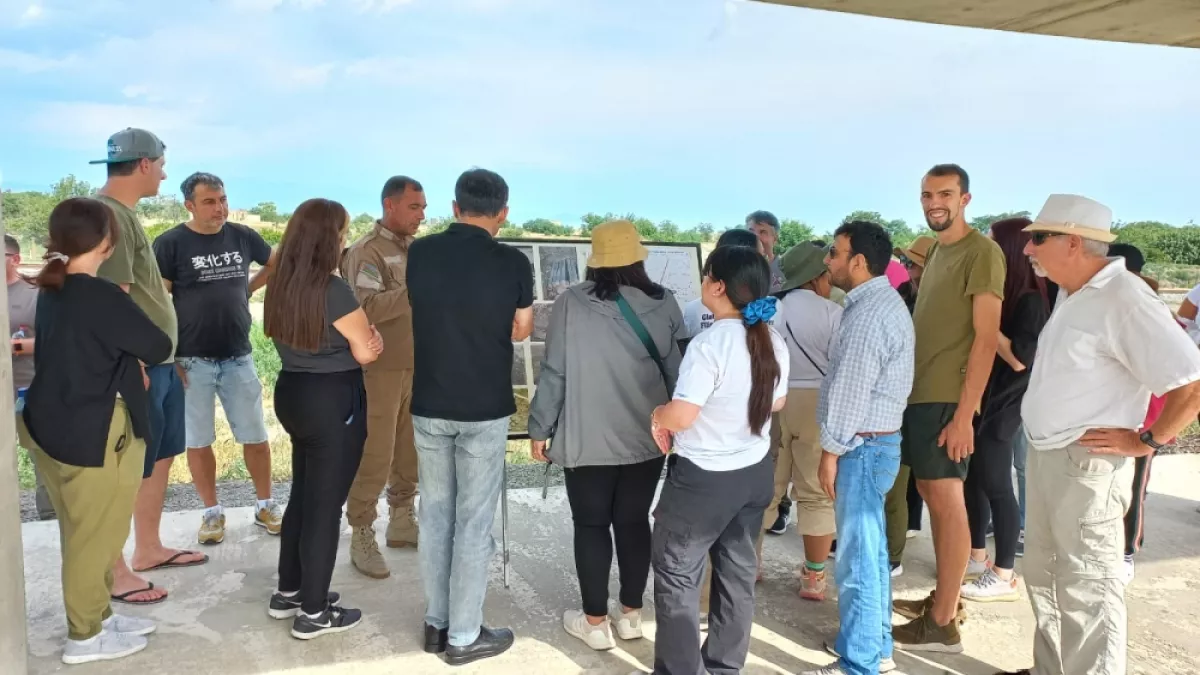Karabakh opens its doors Foreign tourists now allowed to visit Azerbaijan’s liberated lands
In recent years, Azerbaijan has been confidently advancing the integration of its liberated territories into the country’s unified economic and cultural space. Each new step in this direction forms part of a broader strategy to revive these lands after decades of occupation and devastation.
A significant milestone in this process has been the decision to allow foreign nationals to travel by private car to Shusha, Lachin, Aghdam, Fuzuli, Khojaly, and Khankendi. Now, by obtaining a permit through the specialised portal yolumuzgarabaga.az, tourists from abroad can witness firsthand the rebirth of Karabakh and the construction of a new future in the region.

This initiative applies not only to those visiting Azerbaijan for up to 90 days but also to holders of temporary or permanent residence permits in the country. At a time when interest in Karabakh is growing both domestically and internationally, such simplification of procedures sends an important message: the region is ready to welcome guests and to showcase its historical, cultural, and natural treasures.
The term “private cars” refers to category B vehicles bearing the state registration plates of the Republic of Azerbaijan. Each permit covers a group trip of up to nine people, including the driver—making travel convenient for families and small tourist groups alike.
At the same time, the emphasis on safety remains unwavering. Azerbaijan consistently informs both its citizens and foreign visitors about the need to observe precautionary measures in areas where mine hazards still exist. The yolumuzgarabaga.az portal provides detailed safety information in multiple foreign languages. This step reflects the government’s responsible approach to every visitor to Karabakh and underscores that attention to detail is not a formality, but part of a broader strategy to ensure comfortable and secure tourism.
Interestingly, alongside the permit system, another innovation has been introduced to simplify travel for those booking hotels in the liberated territories. In such cases, the entry permit is issued automatically, significantly saving travellers time and allowing greater flexibility in planning their routes. This decision benefits not only tourists but also the hospitality sector, which receives an incentive for development and client attraction. A similar approach has long been applied to Azerbaijani citizens and has proven effective in the context of domestic tourism.
For those wishing to explore Karabakh and East Zangezur as part of organised groups, tours are available through travel agencies registered in the national Tourism Registry. This format ensures compliance with quality and safety standards while offering guests a deep immersion into the region’s historical and cultural context.

All of this is part of a broader picture. Tourism in Karabakh and East Zangezur is not just about travel and sightseeing — it is also about creating new jobs, stimulating small and medium-sized enterprises, and developing transport and tourism infrastructure. Each tourist route becomes a catalyst for the opening of restaurants, cafés, and hotels, which in turn boost the local population’s standard of living and contribute to building a sustainable regional economy.

There are many examples around the world where the revival of previously war-torn territories has gone hand in hand with the growth of tourism. Croatia, for instance, saw its Dalmatian coast become one of the most attractive destinations for European tourists just years after the end of armed conflict. Rwanda is another case, where ecotourism not only revitalised the national economy but also transformed the country’s image on the international stage.
For Azerbaijan, Karabakh and East Zangezur represent a similar example: on the one hand, a living memory of the past; on the other — a space for a future filled with life and movement.
Karabakh and East Zangezur are not merely dots on the map — every stone and tree here holds traces of centuries. In this land, visitors can see ancient bridges, medieval fortresses, and unique minarets standing side by side with modern roads, hotels, and infrastructure. It is a place where history and modernity merge, creating an atmosphere that resonates even with the most seasoned travellers.

Foreign visitors coming here are more than just tourists — they are witnesses to a grand process of restoration and revival. They see firsthand how Azerbaijan is breathing new life into its historic lands, liberated from occupation, and creating the conditions for Karabakh to once again emerge as a symbol of peace, development, and prosperity.
The decision to allow foreigners to travel across the liberated areas in private vehicles is yet another affirmation of Azerbaijan’s confidence in its future and its readiness for open dialogue with the world. It is an invitation to experience the cultural, natural, and historical richness of Karabakh — to feel the energy of change and a new chapter unfolding in the destiny of this unique region.








